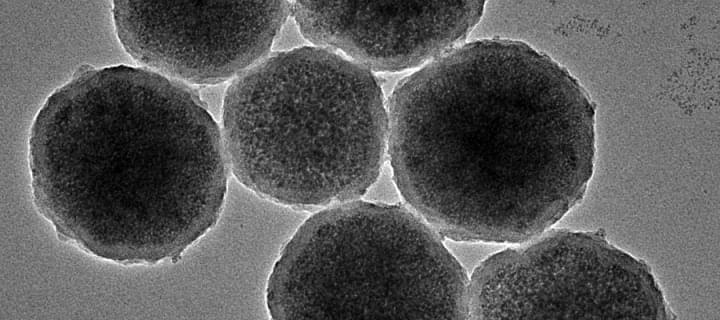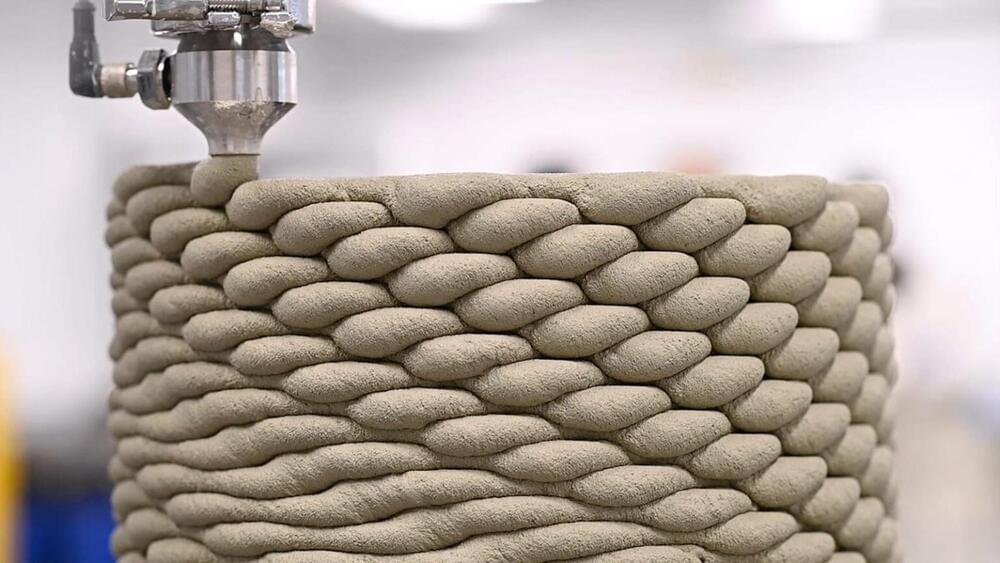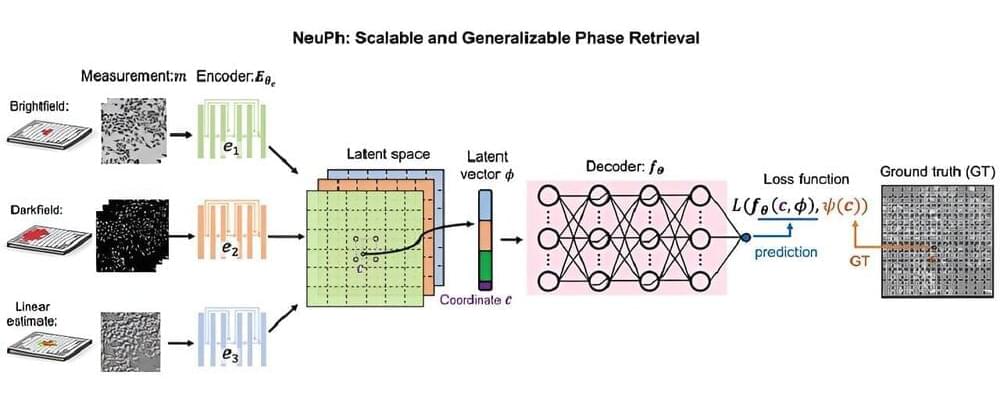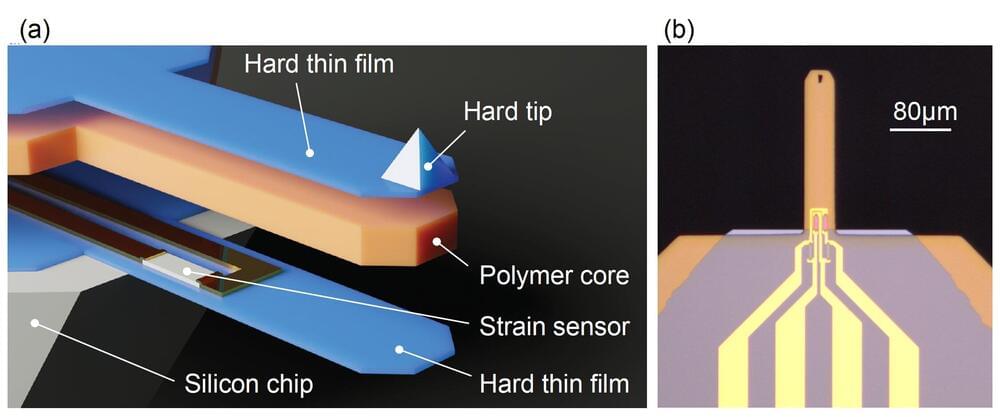Researchers have just found evidence of “dark electrons”—electrons you can’t see using spectroscopy—in solid materials.
The development could enable precise, relatively low-risk treatment of brain aneurysms, which cause around 500,000 deaths globally each year. The medical condition – a blood-filled bulge on a brain artery that can rupture and cause fatal bleeds – can also lead to stroke and disability.
The study points to a future where tiny robots could be remotely controlled to carry out complex tasks inside the human body – such as targeted drug delivery and organ repair – in a minimally invasive way, researchers say.
Your Robotaxi Has Arrived
Posted in futurism
Dark matter is the invisible force holding the universe together—or so we think. It makes up about 85% of all matter and around 27% of the universe’s contents, but since we can’t see it directly, we have to study its gravitational effects on galaxies and other cosmic structures. Despite decades of research, the true nature of dark matter remains one of science’s most elusive questions.
Humans are still learning from nature.
Researchers mimicked ancient fish scales for a 3D-printed concrete structure:
Concrete is a ubiquitous building material, but over time, it may become prone to cracking. In order to ensure the long-term durability and safety of concrete structures, it is essential to prevent or minimize cracking.
This is the 20th flight for the first stage booster supporting this mission, SpaceX said online.
Enjoy the videos and music you love, upload original content, and share it all with friends, family, and the world on YouTube.
Deep learning (DL) has significantly transformed the field of computational imaging, offering powerful solutions to enhance performance and address a variety of challenges. Traditional methods often rely on discrete pixel representations, which limit resolution and fail to capture the continuous and multiscale nature of physical objects. Recent research from Boston University (BU) presents a novel approach to overcome these limitations.
As reported in Advanced Photonics Nexus, researchers from BU’s Computational Imaging Systems Lab have introduced a local conditional neural field (LCNF) network, which they use to address the problem. Their scalable and generalizable LCNF system is known as “neural phase retrieval”—” NeuPh” for short.
NeuPh leverages advanced DL techniques to reconstruct high-resolution phase information from low-resolution measurements. This method employs a convolutional neural network (CNN)-based encoder to compress captured images into a compact latent-space representation.
Microelectromechanical systems (MEMS) are tiny devices that integrate various components, such as miniature sensors, electronics and actuators, onto a single chip. These small devices have proved highly promising for precisely detecting biological signals, acceleration, force and other measurements.
Most of the MEMS developed to date are made of silicon and silicon nitride. While some of these devices have achieved promising results, their material composition and design limit their sensitivity and versatility, for instance limiting their use in wet environments.
In a recent Nature Electronics paper, researchers at Ecole Polytechnique Fédérale de Lausanne (EPFL) introduced an innovative cantilever design for MEMS based on a polymer, a semiconductor and ceramic. Cantilevers are tiny flexible beams that can adapt their shape in response to external forces or molecular interactions, thus potentially serving as sensors or actuators.









